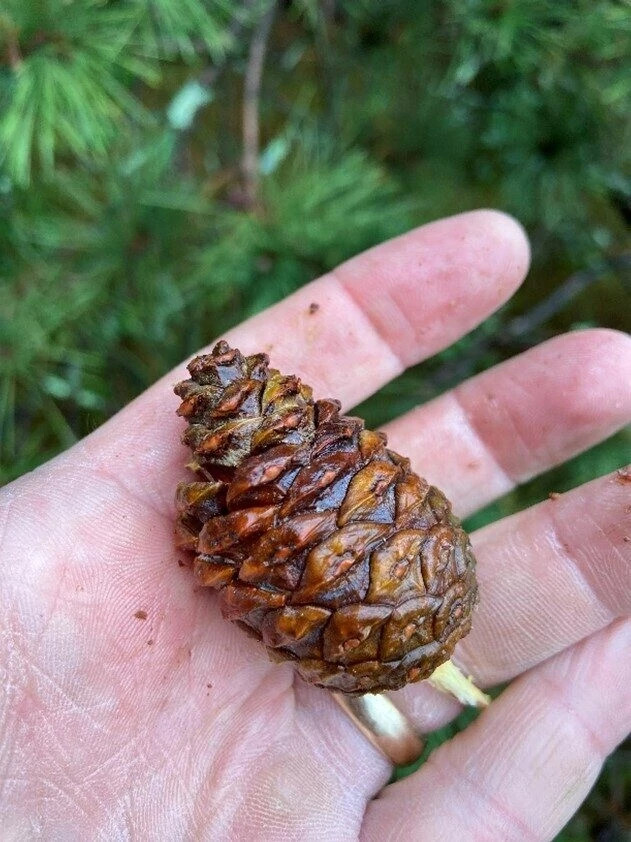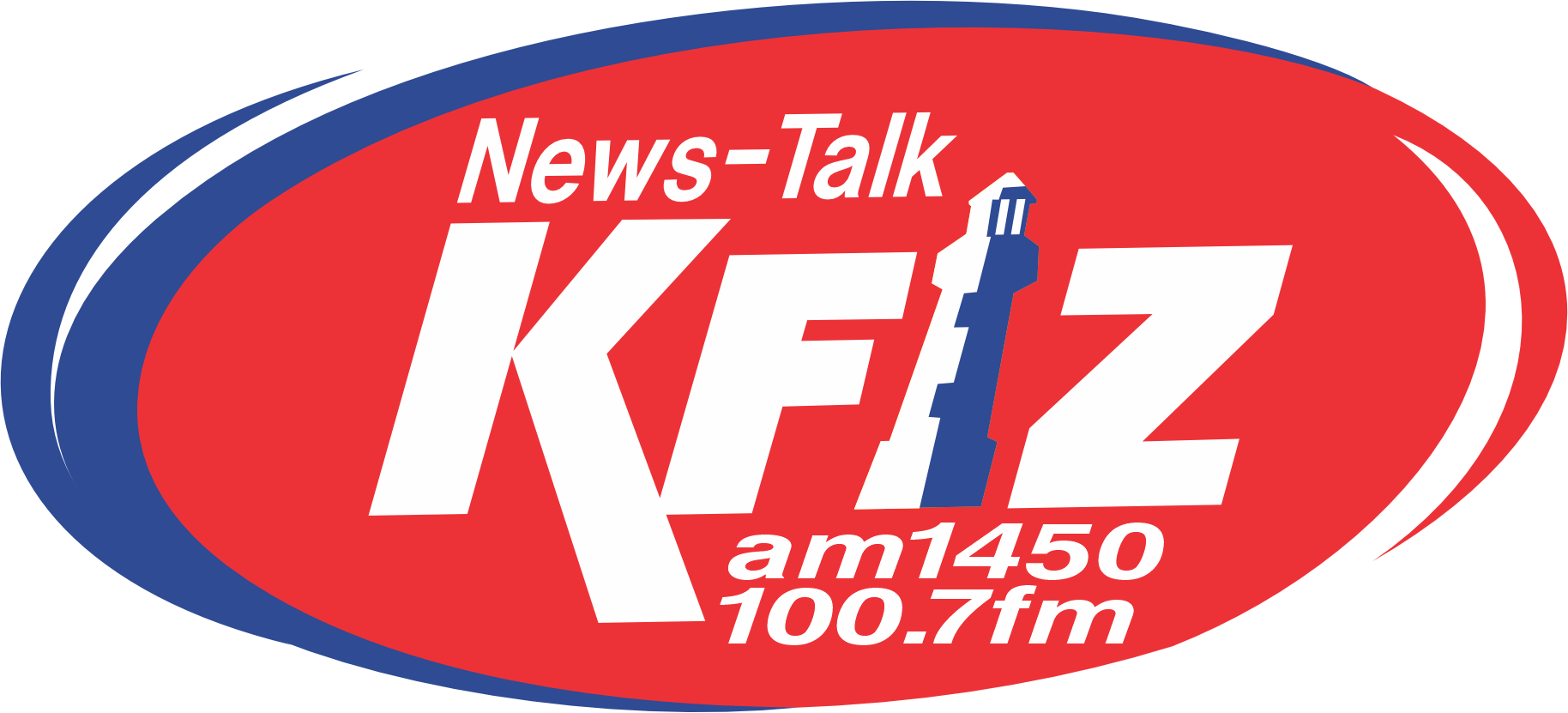Local News
Wisconsin DNR Willing To Pay For Pine Cones

The Wisconsin DNR is asking for the public’s help in finding a certain type of pine cone and it will pay you for your efforts in collecting them.
The DNR says it’s running low on it’s red pine seed supply it uses to plant the tree around the state.
DNR Forest Regeneration Specialist Jeremiah Auer says the supply is low due to the lack of good cone crops over the past couple years.
Red pine is Wisconsin’s number one pine used for timber production and many of the states red pine trees are now being harvested as they reach maturity.
While the tree can be found all around the state, it’s most common in the sandy soils of central, northwest and northeast Wisconsin.
The DNR will pay $125 per bushel of properly collected red pine cones, but they must meet a specific criteria. The DNR is looking for red pine cones at the mature stage where the color has just turned brown, which usually occurs right now, in early September.
Auer says “Help in collecting seeds now is vital to ensure the future of this valuable timber resource.”
The DNR gives these tips when collecting the cones:
- Before collecting cones, contact one of state nurseries to ensure purchasing is still open.
- Griffith Nursery – Wisconsin Rapids 715-424-3700
- Wilson Nursery – Boscobel 608-375-4123
- Hayward Nursery – Hayward 715-492-1204
- All seed must be of natural origin. Trees in your yard are not appropriate for seed harvest.
- Seed must be separated and labeled by county of origin.
- Cones must be closed. Red pine cones open and close quickly in response to humidity changes but they disperse most of their seed after opening the first time.
- Red pine cones are mature when they have turned from green to purplish with red-brown tips. Use clippers to snip these mature, unopened cones at the base of the branch.
- Wear gloves so your hands don’t get covered in sap.
- Do not mistake Austrian or Scotch pine for red pine. Scotch pine bark is flaky (especially toward the upper part of the stem) and orange and their cones appear twisted and green, even at maturity. Austrian pine tends to be found in urban environments, has a stocky appearance and darker bark compared to red pine. The DNR’s “Forest Trees of Wisconsin” booklet can help collectors identify red pine.
- Get permission from the landowner before collecting cones.
HOW TO SELL
- After collecting, store the cones in a cool, dry area to limit mold growth or cone opening.
- Store the cones in breathable containers.
- Deliver the cones to one of the DNR buying stations as soon as possible. View buying stations on our Sell Tree Seed webpage.
- If there is excess debris mixed in with the cones, they may be rejected or a price reduction applied. The DNR reserves the right to refuse purchase if the cones don’t meet specifications.
Read the 2023 Seed Collector Newsletter for more information about seed drop-off and buying locations throughout the state.


